ExpressJS Templating Engines: Jade, EJS, and Handlebars
In the world of web development, presenting data dynamically and beautifully is a key aspect of creating engaging user interfaces. Templating engines play a vital role in achieving this goal by simplifying the process of generating HTML content. ExpressJS, a popular Node.js framework, supports various templating engines that enable developers to create dynamic and efficient web applications. In this blog, we'll explore three prominent templating engines for ExpressJS: Jade, EJS (Embedded JavaScript), and Handlebars. Each engine has its own strengths and capabilities, and understanding their features can help you make informed decisions when building expressive and user-friendly interfaces. Additionally, we'll introduce you to our Hire ExpressJS Developer Services, which can assist you in leveraging these templating engines for your projects.

1. Jade (Now Known as Pug): Jade, now known as Pug, is a concise and expressive templating engine that emphasizes clean and indentation-based syntax. Pug allows you to write HTML in a more concise format, reducing the need for closing tags and providing a clean structure. Key features of Pug include:
- Simplified syntax with indentation-based formatting.
- Supports conditionals, loops, and mixins for dynamic content.
- Integration with ExpressJS is seamless, requiring minimal configuration.

2. EJS (Embedded JavaScript): EJS is a flexible and widely used templating engine that lets you embed JavaScript code directly within your HTML templates. This makes it easy to inject dynamic data and logic into your views. Key features of EJS include:
- Embed JavaScript code using `<% %>` tags for logic and `<%= %>` tags for output.
- Supports partials and includes for reusing templates.
- Works seamlessly with ExpressJS, allowing you to pass data to templates.

3.Handlebars: Handlebars is a logic-less templating engine that focuses on simplicity and separation of concerns. It encourages a clear separation between the presentation layer and the application logic. Key features of Handlebars include:
- Uses double curly braces `{{ }}` for placeholders and `{{# }}` for conditionals and loops.
- Supports partials, layouts, and helpers for advanced templating capabilities.
- Promotes modular and reusable template components.

While choosing the right templating engine for your ExpressJS project is important, mastering its implementation requires expertise. Our Hire ExpressJS Developer Services offer valuable assistance:
- Collaborate with skilled ExpressJS developers experienced in integrating and optimizing various templating engines.
- Expedite your project's development by leveraging our knowledge and best practices.
- Ensure seamless integration of templating engines, enhancing your application's UI/UX and maintainability.
- Access ongoing support and maintenance to keep your templating engine components up-to-date and efficient.
Conclusion:
Templating engines are invaluable tools for creating dynamic and visually appealing web applications. By understanding the features and capabilities of templating engines like Jade (Pug), EJS, and Handlebars, you can make informed decisions that align with your project's requirements. As you embark on this journey, consider CloudActive Labs as your partner. Our Hire ExpressJS Developer Services provide the expertise needed to elevate your templating engine implementations, ensuring your applications deliver engaging and user-friendly interfaces. Reach out to CloudActive Labs today and unlock the potential of ExpressJS templating engines for your development projects.

























